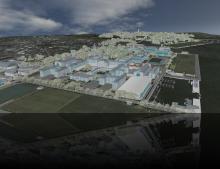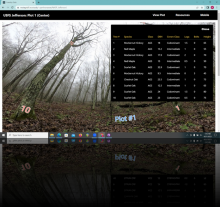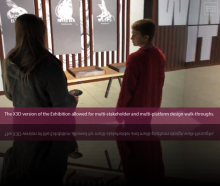Case Studies
If you are a member and have a case study using X3D, please submit it for review.
X3D has broad adoption internationally and across many different industries. From design, engineering, science, to training and healthcare, X3D is being deployed for numerous mission and business critical applications. Web3D's goal is to enable these diverse economies through the interoperability and durabilty of interactive 3D information.
New to X3D, learn more at WebX3D.org.
Many X3D Example Archives are listed in the X3D Resources that demonstrate exactly how X3D nodes and scenes work. Textbook archives X3D for Web Authors and the VRML 2.0 Sourcebook provide great examples for getting started.
Web3D YouTube Channel shows demonstrations of X3D and related standards. These are helpful resources that help "tell the story" in a compelling manner.
Here are some of our member use cases.
Real-time Analysis for Particle-transport and In-situ Detection (RAPID) Code System, a simulation platform that allows users to interact with nuclear technology and collaborate with colleagues through both Web3D and a high-resolution multi-user virtual reality (VR) interface using the X3D Standard.
To enhance learning in a remote setting Virginia Tech developed immersive training exercises and video study tours using augmented and virtual reality X3D delivery technologies.
The Challenge: Visualize the spatial temporal structure of measurements taken from robotic oceanographic platforms.
Collaboration for world-wide planning of harbor and facility use is challenging. SPIDERS3D allows multiple users across the U.S. Department of Defense (DoD) enterprise to conduct real-time 3D collaboration over the web on their desktop.
The Challenge: The Winged Insect Exhibition is designed by students in Environmental Design and New Media course. Students created multiple virtual versions of The Winged Insects exhibition before holding the exhibition in the actual space. The 3D designs were developed with tools like Sketchup, Maya, and Blender to produce ISO-IEC standard X3D.
The Challenge: Two major goals in neuroscience are to define neural circuits which select and modulate behavior and to identify genes which contribute to the development of these circuits. Invertebrate species have yielded key insights into behavioral genetics because the nervous system is relatively simple and because their behaviors are stereotyped and genetically specified.











